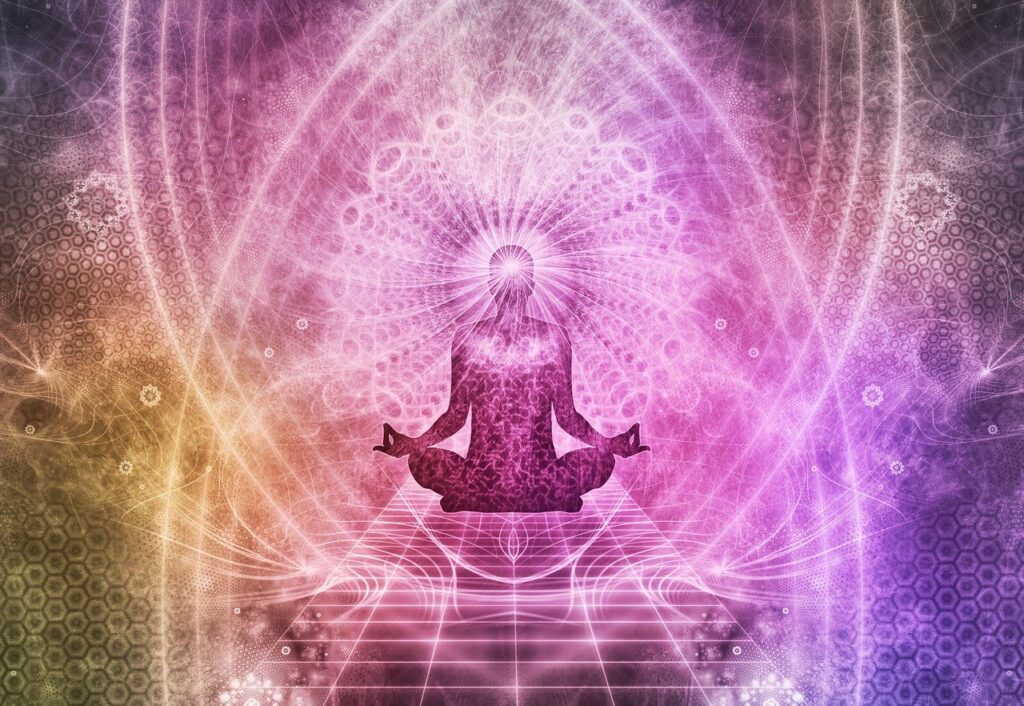
Meditation is a powerful practice that can lead to profound relaxation and self-discovery. However, some individuals may experience physical sensations, such as shaking, during their sessions. This article explores the reasons behind body shaking during meditation, its implications, and how to navigate these experiences.
Understanding Meditation and Its Effects
Meditation is a technique that connects the mind and body, promoting relaxation, awareness, and inner peace. When people meditate, they often focus on their breath, a mantra, or simply allow their thoughts to flow without judgment. This practice can lead to various physiological and psychological changes, some of which may manifest as bodily sensations, including shaking.
The shaking can be a result of different factors, including the release of pent-up energy, emotional release, or even physical responses to deep relaxation. Understanding these sensations is essential in making sense of what your body is trying to communicate during meditation.
Reasons for Shaking During Meditation
There are several reasons why your body may shake during meditation. One of the most common explanations is the release of tension and stress that has built up in the body. When you enter a meditative state, your body may begin to relax, allowing trapped energy and emotions to surface. This release can manifest as shaking, twitching, or even spontaneous movements.
Another reason for shaking during meditation is related to energy flow. Many meditation practices are rooted in the belief that our bodies have energy pathways, known as meridians or chakras. When you meditate, you may be opening these pathways, leading to a surge of energy. This energy can create physical sensations, including shaking, as it moves through your body.
Additionally, shaking may be a response to deep relaxation. As you let go of tension, your muscles may involuntarily twitch or shake as they transition into a state of profound rest. This is a natural response and can indicate that you are accessing deeper layers of consciousness.
Emotional Release During Meditation

Meditation is not only a physical practice but also an emotional one. Many people carry emotional baggage that they may not even be aware of. When you meditate, you create a safe space to explore these emotions. Sometimes, this exploration can lead to an emotional release, which may result in shaking.
Shaking can serve as a physical manifestation of emotions that are being released from the body. This can include feelings of sadness, anger, or even joy. It is essential to recognize that this shaking is a natural response and an integral part of the healing process. Allowing yourself to experience these emotions fully can lead to a greater sense of clarity and peace.
Physical Responses to Deep Relaxation
When you meditate, your body enters a state of deep relaxation, which can trigger various physical responses. These responses are often involuntary and can include shaking, twitching, or even a feeling of floating. This phenomenon is similar to what happens when you fall asleep; your body goes through different stages, and as you transition, you may experience muscle spasms or jerks.
The shaking you experience during meditation can indicate that your body is releasing tension and entering a state of deep relaxation. This process can be very beneficial, as it allows your body to heal and rejuvenate. Embracing these sensations without fear or judgment can enhance your overall meditation experience.
How to Manage Shaking During Meditation
If you find that your body shakes during meditation, it’s essential to approach the experience with curiosity rather than fear. Here are some tips to help manage and embrace this phenomenon:
1. **Stay Present**: When you notice shaking, focus on your breath and allow the sensation to be part of your meditation. Recognizing it without judgment can help you stay grounded.
2. **Adjust Your Position**: Sometimes, physical discomfort can lead to shaking. Experiment with different sitting positions or use cushions to support your body better.
3. **Practice Regularly**: The more you meditate, the more familiar you will become with your body’s responses. Regular practice can help reduce the intensity of shaking over time.
4. **Use Guided Meditations**: Consider using guided meditations designed to help release tension and promote relaxation. These can provide structure and support as you navigate your experiences.
5. **Seek Professional Guidance**: If shaking during meditation feels overwhelming, it may be helpful to consult with a meditation teacher or a mental health professional. They can provide personalized guidance and support.
When to Be Concerned About Shaking
While shaking during meditation is often a normal response, there are instances when it may warrant further investigation. If you experience persistent shaking that is accompanied by pain, extreme discomfort, or emotional distress, it may be time to seek professional help.
Additionally, if you have a history of seizures or other neurological conditions, it is advisable to consult a healthcare provider before continuing your meditation practice. Understanding your body and its responses is crucial, and seeking professional advice can help ensure your safety and well-being.
Benefits of Embracing Shaking During Meditation

Embracing the shaking that occurs during meditation can lead to several benefits. Firstly, it can serve as a form of emotional release, allowing you to let go of pent-up feelings and stress. This release can lead to a greater sense of clarity and emotional balance.
Additionally, acknowledging and accepting these bodily sensations can deepen your meditation practice. It can help you cultivate a more profound sense of awareness, allowing you to connect more deeply with your mind and body. Over time, this connection can lead to increased mindfulness and a more fulfilling meditation experience.
Finally, experiencing shaking during meditation can be a reminder of the body-mind connection. It reinforces the idea that our physical, emotional, and spiritual aspects are interconnected, and by exploring these connections, we can foster greater overall well-being.
Conclusion
Experiencing shaking during meditation is a common phenomenon that many individuals encounter. It can be a sign of emotional release, energy movement, or a physical response to deep relaxation. Understanding the reasons behind these sensations can help you navigate your meditation practice with greater ease and acceptance.
While shaking can be disconcerting, it is essential to approach it with curiosity and an open mind. By practicing regularly, staying present, and seeking guidance when necessary, you can turn these experiences into opportunities for growth and self-discovery. Ultimately, meditation is a personal journey, and embracing all aspects of it, including shaking, can lead to profound transformation.
FAQs
1. Is it normal to shake during meditation?
Yes, shaking during meditation is quite common and is often a natural response to emotional or energy release. Many people experience this sensation, especially when they are new to meditation.
2. Can shaking during meditation be harmful?
In most cases, shaking during meditation is not harmful. However, if it is accompanied by pain or distress, it may be wise to consult a healthcare professional.
3. Should I stop meditating if I shake?
No, you don’t need to stop meditating. Instead, try to embrace the experience and observe it without judgment. Regular practice can help you become more comfortable with these sensations.
4. How can I make shaking during meditation less intense?
You can try adjusting your meditation position, using guided meditations, or focusing on your breath to help manage the intensity of shaking during your practice.
5. What should I do if I feel overwhelmed by shaking during meditation?
If you feel overwhelmed, take a break from meditation and practice grounding techniques. You may also consider seeking guidance from a meditation teacher or mental health professional.






